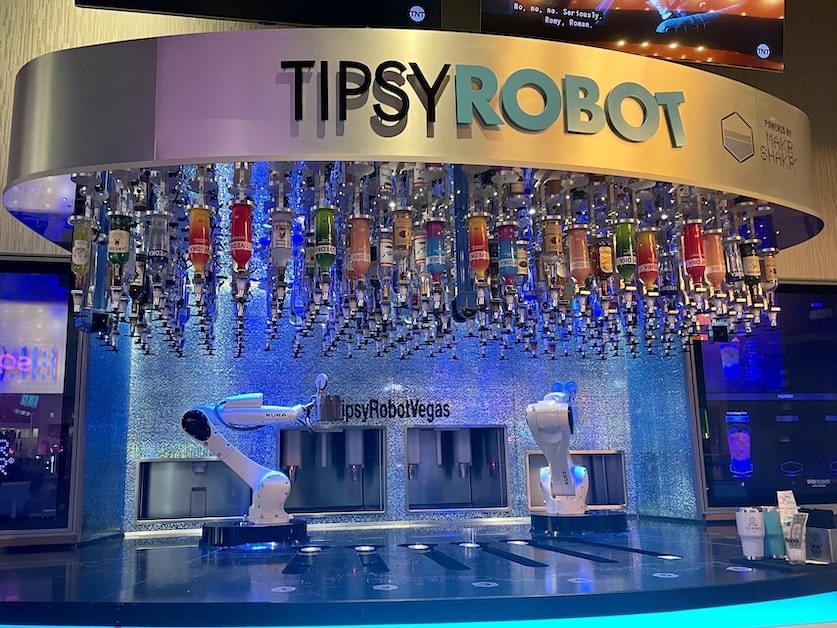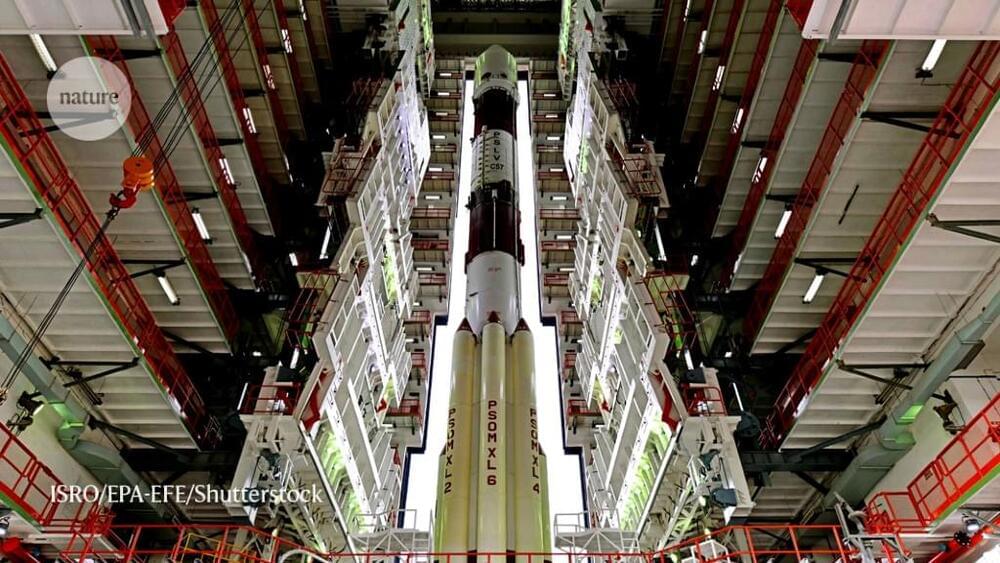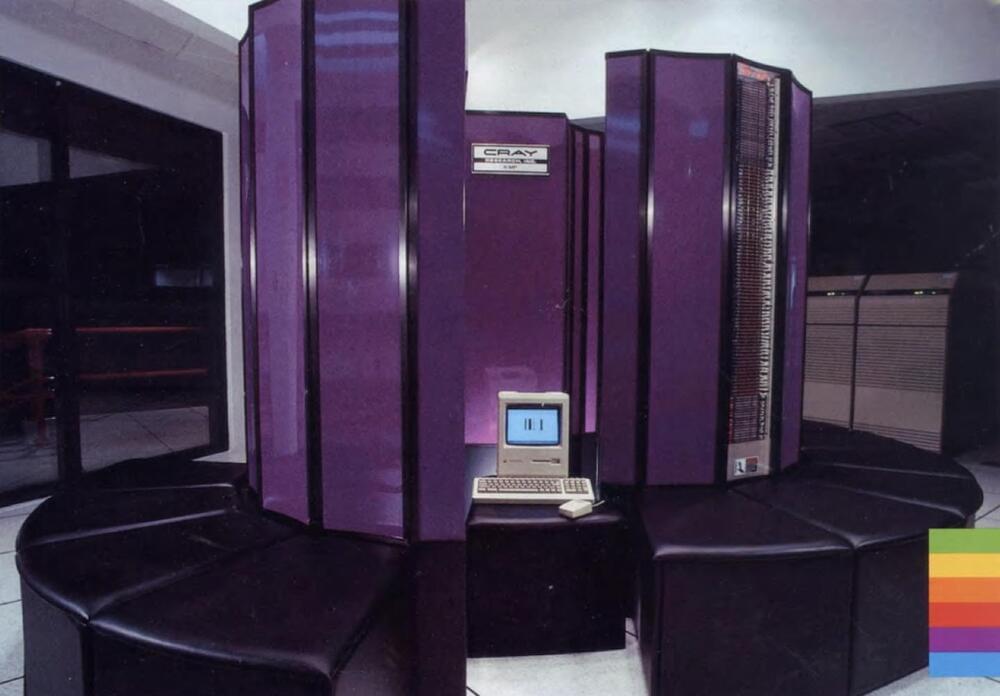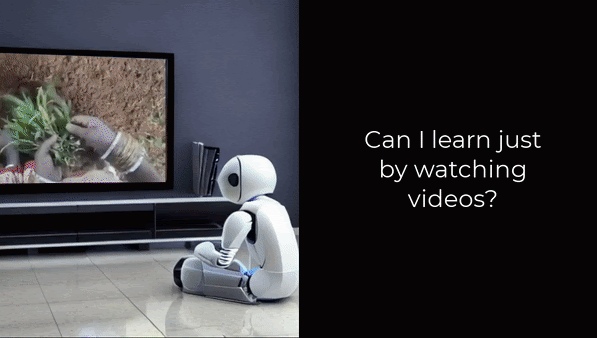Jan Leike explains OpenAI’s effort to protect humanity from superintelligent AI.






Please see my new FORBES article:
Thanks and please follow me on Linkedin for more tech and cybersecurity insights.
More remarkably, the advent of artificial intelligence (AI) and machine learning-based computers in the next century may alter how we relate to ourselves.
The digital ecosystem’s networked computer components, which are made possible by machine learning and artificial intelligence, will have a significant impact on practically every sector of the economy. These integrated AI and computing capabilities could pave the way for new frontiers in fields as diverse as genetic engineering, augmented reality, robotics, renewable energy, big data, and more.
Three important verticals in this digital transformation are already being impacted by AI: 1) Healthcare, 2) Cybersecurity, and 3) Communications.

An emerging China-backed advanced persistent threat (APT) group targeted organizations in Hong Kong in a supply chain attack that leveraged a legitimate software to deploy the PlugX/Korplug backdoor, researchers have found.
During the attack, the group leveraged as its PlugX installer malware signed with another legitimate entity, a Microsoft certificate, in an abuse of Microsoft’s Windows Hardware Developer Program, a vulnerability already known to the software vendor.

Apple’s own System on Chips (SoC) designs used in iPhones, iPads and now Macs (with ‘Apple Silicon’ branding) are a key source of competitive advantage for the Cupertino giant. The Arm instruction set compatible, but Apple designed, processors used in these SoCs, consistently outperform competitors’ designs.
Apple is the modern exemplar of the maxim from Herman Hauser, founder of Acorn, Apple’s partner in the original Arm joint venture, that ‘there will be two types of computer company in the future, those with silicon design capability and those that are dead ’.
But Apple’s first attempt to design its own processor came over twenty years before the appearance of the first iPhone. We’ve seen in the RISC Wars Part 1: the Cambrian Explosion how, as the 1980s progressed, almost every semiconductor manufacturer and computer maker felt the need to have their own processor design. Apple was no exception.

Researchers have developed a way to address many quantum dots with only a few control lines using a chessboard-like method. This enabled the operation of the largest gate-defined quantum dot system ever. Their result is an important step in the development of scalable quantum systems for practical quantum technology.
Quantum dots can be used to hold qubits, the foundational building blocks of a quantum computer. Currently, each qubit requires its own addressing line and dedicated control electronics. This is highly impractical and in stark contrast with today’s computer technology, where billions of transistors are operated with only a few thousand lines.

Can we learn robot manipulation for everyday tasks, only by watching videos of humans doing arbitrary tasks in different unstructured settings? Unlike widely adopted strategies of learning task-specific behaviors or direct imitation of a human video, we develop a a framework for extracting agent-agnostic action representations from human videos, and then map it to the agent’s embodiment during deployment. Our framework is based on predicting plausible human hand trajectories given an initial image of a scene. After training this prediction model on a diverse set of human videos from the internet, we deploy the trained model zero-shot for physical robot manipulation tasks, after appropriate transformations to the robot’s embodiment. This simple strategy lets us solve coarse manipulation tasks like opening and closing drawers, pushing, and tool use, without access to any in-domain robot manipulation trajectories. Our real-world deployment results establish a strong baseline for action prediction information that can be acquired from diverse arbitrary videos of human activities, and be useful for zero-shot robotic manipulation in unseen scenes.

With careful development and thoughtful approaches, Kazi believes the changes AI will bring to healthcare will be some of the most exciting technological advances of our lifetime.
Learn more about building a modern data foundation to deliver the next generation of personalized healthcare with AI, ML, and generative AI.